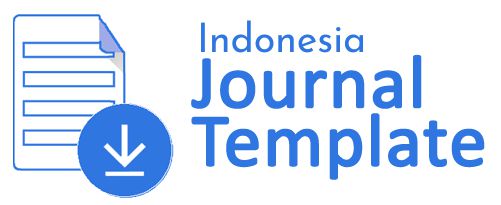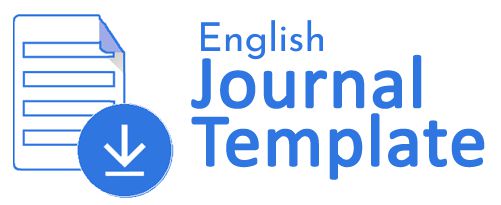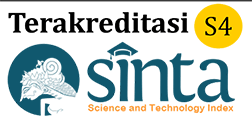KLASIFIKSI DAYA TANGGAP MAHASISWA TERHADAP MATERI PERKULIAHAN DALAM MASA PANDEMI COVID-19
DOI:
https://doi.org/10.34012/jurnalsisteminformasidanilmukomputer.v5i2.2483Keywords:
Covid-19, Daya Tanggap, Klasifikasi, Kuliah Online, Naïve Bayes, RapidMinerAbstract
Salah satu sektor vital yang ditutup karena dianggap rentan untuk penyabaran virus Covid-19 adalah sektor pendidikan. Proses pembelajaran yang awalnya dilakukan di kampus menjadi pembelajaran dari rumah melalui pembelajaran online. Rata-rata kelompok usia mahasiswa prodi Teknologi Rekayasa Komputer Jaringan di STMIK Pelita Nusantara berbeda-beda sebab mahasiswa yang mendaftar sebagai mahasiswa baru berasal dari mereka yang baru lulus dari pendidikan SMA/ SMK sederajat, yang sudah bekerja beberapa tahun di instansi pemerintah atau swasta dan meraka yang sudah lulus dari jenjang D-3 melanjutkan pendidikan ke jenjang S-1. Dengan kelompok usia yang beraneka ragam serta pelaksanaan perkuliahan secara online, tentu daya tanggap mahasiswa dalam memahami setiap materi perkuliahan yang disampaikan oleh dosen akan berbeda-beda hal ini akan berdampak terhadap masa studi dari setiap mahasiswa. Metode yang digunakan dalam penelitian ini adalam metode deskriptif kuantitatif berupa angket dengan jumlah data sampling sebanyak 35 responden yang diolah dengan algoritma Naïve Bayes dalam aplikasi Rapidminer. Tujuan dari penelitian ini adalah untuk mengelompokan mahasiswa yang tanggap dan tidak tanggap terhadap materi perkuliahan online. Hasil uji coba menunjukan bahwa tingkat akurasi sistem sebesar 81.25%, precision 80.00% dan recall 88.89%.
Downloads
Published
How to Cite
Issue
Section
License
Copyright (c) 2022 R. Fanry Siahaan, Ibnu Febrian, Widia Putri

This work is licensed under a Creative Commons Attribution-ShareAlike 4.0 International License.
Authors who publish their manuscripts through the Journal of Information Systems and Computer Science agree to the following:
- Copyright to the manuscripts of scientific papers in this Journal is held by the author.
- The author surrenders the rights when first publishing the manuscript of his scientific work and simultaneously the author grants permission / license by referring to the Creative Commons Attribution-ShareAlike 4.0 International License to other parties to distribute his scientific work while still giving credit to the author and the Journal of Information Systems and Computer Science as the first publication medium for the work.
- Matters relating to the non-exclusivity of the distribution of the Journal that publishes the author's scientific work can be agreed separately (for example: requests to place the work in the library of an institution or publish it as a book) with the author as one of the parties to the agreement and with credit to sJournal of Information Systems and Computer Science as the first publication medium for the work in question.
- Authors can and are expected to publish their work online (e.g. in a Repository or on their Organization's/Institution's website) before and during the manuscript submission process, as such efforts can increase citation exchange earlier and with a wider scope.









